I am trying to generate a grid across my map and add nodes depending on the perlin noise value. Depending on the value obtained from the perlin noise at a location, I will add a new Node which will be of a certain type e.g. Mountain, Water etc to represent terrian. Here I am trying to make it so that if the value is > 0.5, this mean it's only mountains and so a black coloured cubes should surround the mountain areas, However, my black cubes do not match the mountain areas from the perlin noise and I cannot seem to figure out why I am going wrong. Would appreciate any insight into how I could go about achieving this.
private void LocateWalkableCells()
{
for(int z = 0; z < Height; z++)
{
for(int x = 0; x < Width; x++)
{
noise = GetNoiseValue(x, z);
if(noise > 0.5) {
grid[x,z] = new Node(new Vector3(x, 0, z), TerrainType.Mountain, 1);
}
else {
grid[x,z] = new Node(new Vector3(x, 0, z), TerrainType.Grass, 1);
}
}
}
}
private float GetNoiseValue(int x, int z)
{
int pos = (x * Width) + z;
return Mathf.Round(terrainGenerator.noiseArray[pos] * 10) / 10;
}
// Draw gizmos to visualize colour
void OnDrawGizmos()
{
Gizmos.DrawWireCube(transform.position, new Vector3(Width, 1, Height));
if(grid != null)
{
foreach(Node n in grid)
{
if(n.TerrainType == TerrainType.Grass)
{
Gizmos.color = Color.green;
}
else if(n.TerrainType == TerrainType.Mountain)
{
Gizmos.color = Color.black;
}
Gizmos.DrawCube(n.Position, Vector3.one * (nodeDiameter - .1f));
}
}
}
noiseArray is used for the vertices of the terrain in the following code:
vertices = new Vector3[(Width + 1) * (Depth + 1)];
noiseArray = PerlinNoise();
int i = 0;
for(int z = 0; z <= Depth; z++)
{
for(int x = 0; x <= Width; x++)
{
var currentHeight = noiseArray[i];
if(currentHeight > HeightThreshold)
{
currentHeight *= HeightMultiplier;
}
vertices[i] = new Vector3(x, currentHeight, z);
i++;
}
}
Result from suggested answer
Still seems to miss some mountain areas, colouring green instead of black.

